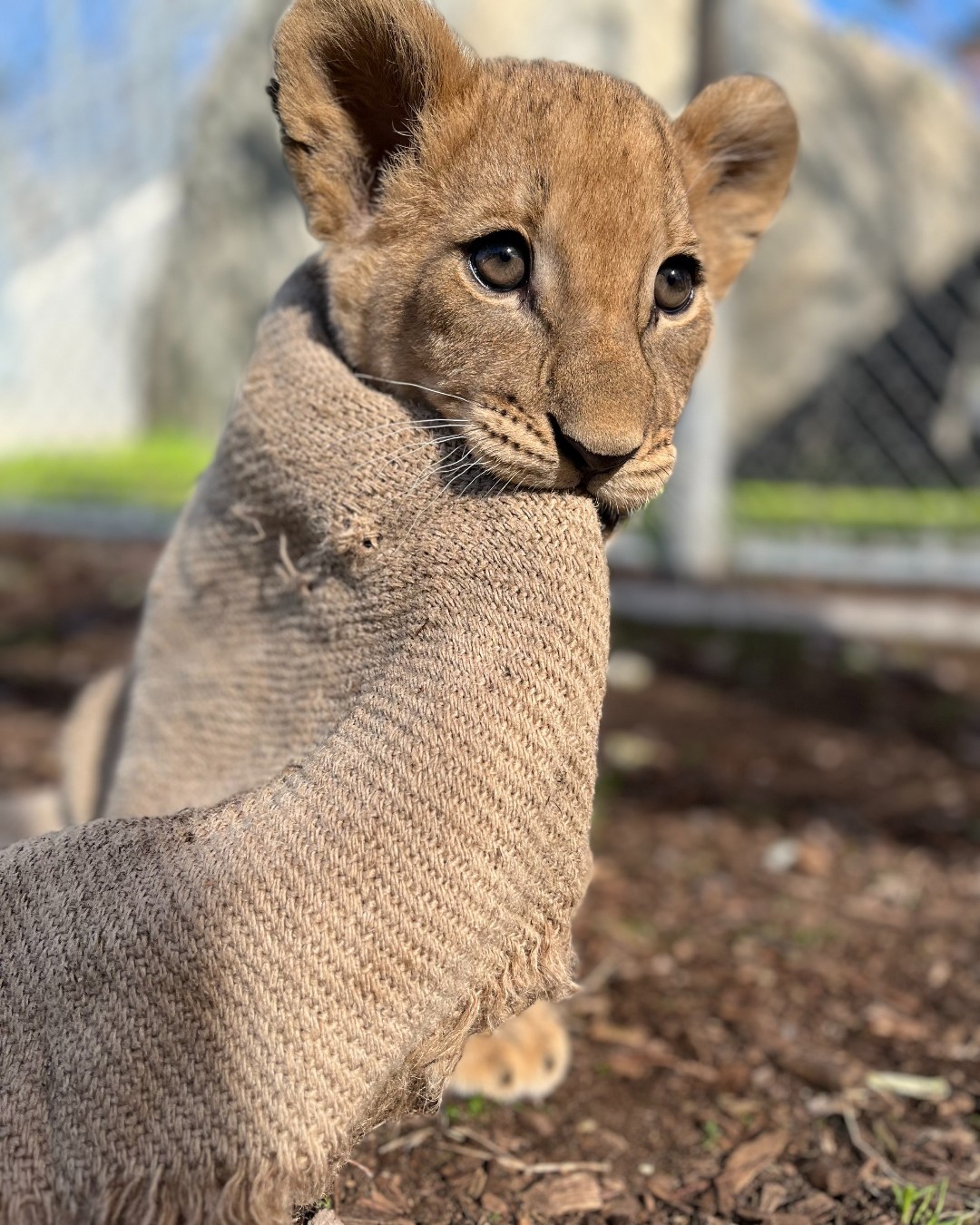- Understanding the Biology and Development of Lion Cubs
- The Role of Zoo Management in Lion Conservation
- The Aesthetic and Cultural Significance of Lions in Society
The deepest understanding of lion cubs begins with their biology and development. These young lions, known for their unmistakable charm and curiosity, are born into the vast savannahs of Africa. At birth, lion cubs are completely dependent on their mothers. Weighing just about 2 to 4 pounds, they are blind and vulnerable. Their primary survival in the wild hinges on the mother’s ability to protect and provide for them. The maternal bond is a cornerstone of their early life, influencing their growth and survival skills.
As they grow, cubs exhibit a playful, yet educational, engagement with their surroundings. This play is not mere frolic—it’s pivotal to their development, enhancing their strength and honing survival techniques. These interactions with siblings and the pride shape future leaders. Typically, by three months, a keen sense of their environment develops, their sight sharpens, and they begin shadowing the pride on hunts. This early education sets the foundation for the prowess they will demonstrate as adults.
Zoo management plays a critical role in preserving the delicate balance between conservation and public engagement, especially for lions. With natural habitats shrinking due to human activities, zoological parks have become safe havens for many threatened species, lions included. These facilities not only offer a controlled environment mimicking the wild but also provide the necessary medical care and diet tailored to the needs of the predators.
Zoo management strategies, reflecting new conservation initiatives, integrate research, education, and community outreach. This holistic approach ensures that visitors gain more than just a visual spectacle. Breeding programs play an instrumental role in the genetic diversity of captive populations, serving as a genetic reservoir for future reintroduction into the wild. Innovations in zoo design also allow animals like lions to exhibit natural behaviors, enhancing their quality of life and fostering a deeper understanding among visitors.
Lions, including their cubs, present an aesthetic and cultural allure that has permeated various aspects of human society. Symbolizing power, courage, and nobility, lions appear in mythology, heraldry, and modern advertising. Their regal aura captivates audiences, making them perennial icons in popular culture. Within fashion, lifestyle, and media, their imagery conveys a timeless narrative of majesty and fierceness.
Fashion brands and media outlets have capitalized on this narrative, elevating the lion to a fashion icon. Photoshoots featuring lion-themed accessories or sustainable fashion lines draw attention to conservation efforts. By channeling the lion’s majestic nature, they promote environmental stewardship and wildlife education. This interplay between culture, conservation, and commerce not only invests in the aesthetic appeal of the lion but also deploys a powerful message about the importance of preserving these magnificent creatures.
In sum, the lion cub’s enchanting journey from vulnerability to majesty is intertwined with the dedicated efforts of zoos and cultural representations. They remind humanity of the delicate balance required to conserve biodiversity while engaging our collective imagination. The dialogue between nature, conservation, and culture, when effectively managed, can ensure a future where lions continue to thrive.
*****
Source Description
Lion cub but make it Vogue 🦁 ✨
📸: ZCS Heidi


